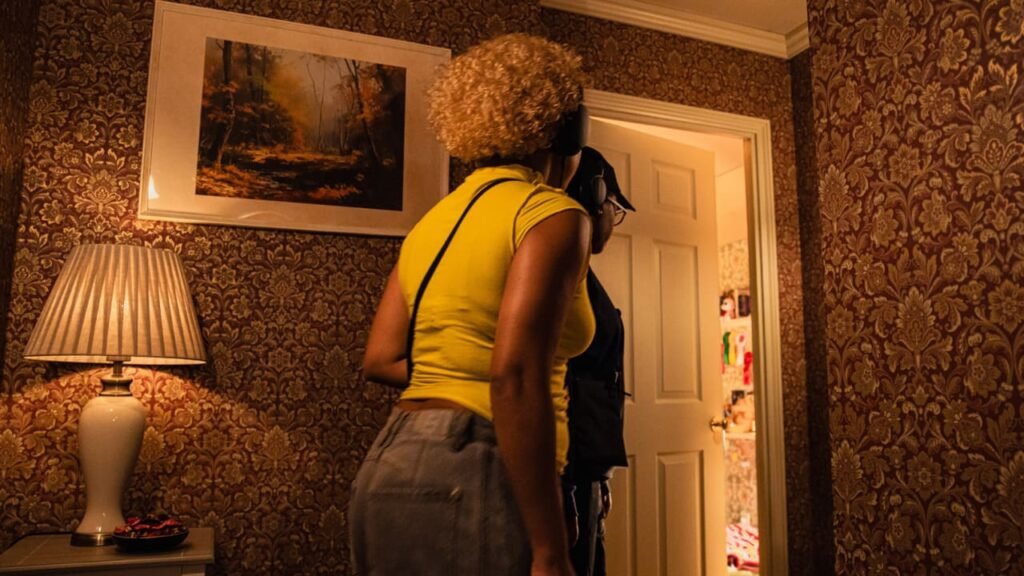
“Shhhh,” Helena Bonham Carter is whispering in my ear. “Let me tell you a story, from long, long ago.” I am lying on a mattress in a wallpapered bedroom that seems plucked from the 1990s. There are Keith Haring drawings, Tori Amos posters, and a shelf-full of teddy bears.
Bonham Carter’s voice, coming in through a headset, is talking about a princess named Viola. Her voice—spectral, beguiling—is about to guide me through a dizzying dreamscape of mazes and dark corridors, and it’s all part of a spectacular new show by Punchdrunk.
Until now, the British theater company has been known for its highly immersive productions like Sleep No More and The Burnt City. A Punchdrunk performance typically encourages spectators to roam freely and interact with masked actors who might whisk you into a cupboard or slip a note into your hand. But Viola’s Room, staged inside The Shed in New York City, marks a departure from this model: There is only one prescribed path. And instead of interacting with masked actors, you are the actor.
“What Punchdrunk is all about is a physical activation of the body. It’s about putting the audience at the center,” Punchdrunk’s founder, Felix Barrett, told me. “If you’re stood up, and you are having to make decisions, or you’re having to deal with a perceived threat, suddenly the flood of adrenaline sends all your blood to your skin.”
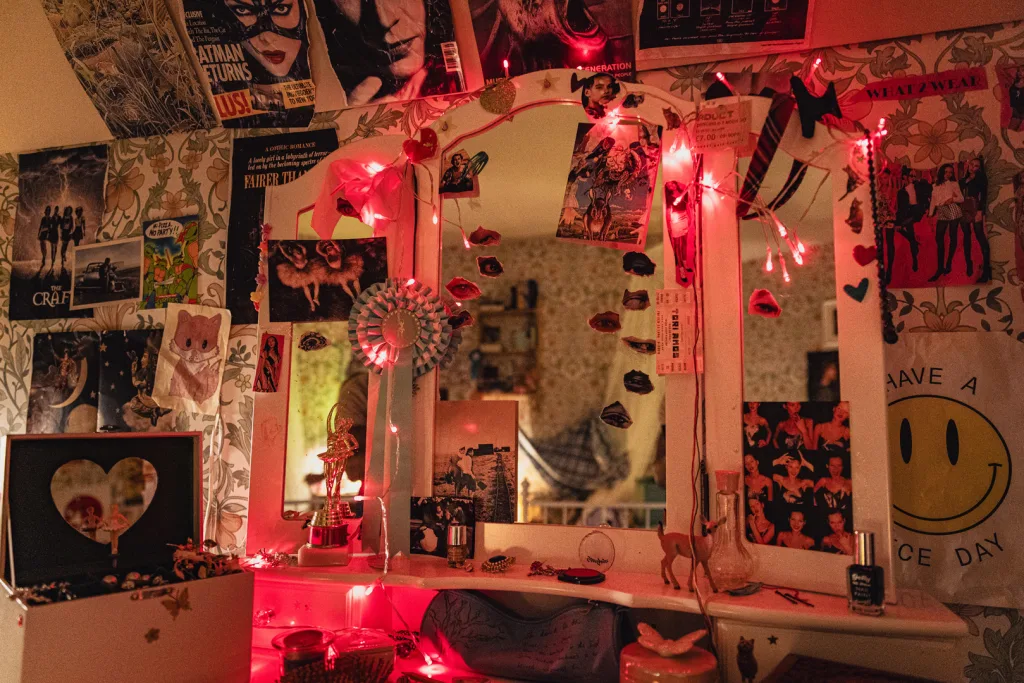
“Follow the light”
Viola’s Room was adapted from a 1901 gothic mystery story by the English horror writer Barry Pain. The Punchdrunk version was written by Booker Prize short-listed author Daisy Johnson, and it follows the story of Princess Viola, who leaves the safety of her home and ventures into a shadowy dream world where her sense of self begins to dissolve. Of all the stories Punchdrunk has crafted, this one is Barrett’s favorite. “There’s something about it, where the atmosphere is so thick, and it’s because it’s so controlled,” he says.
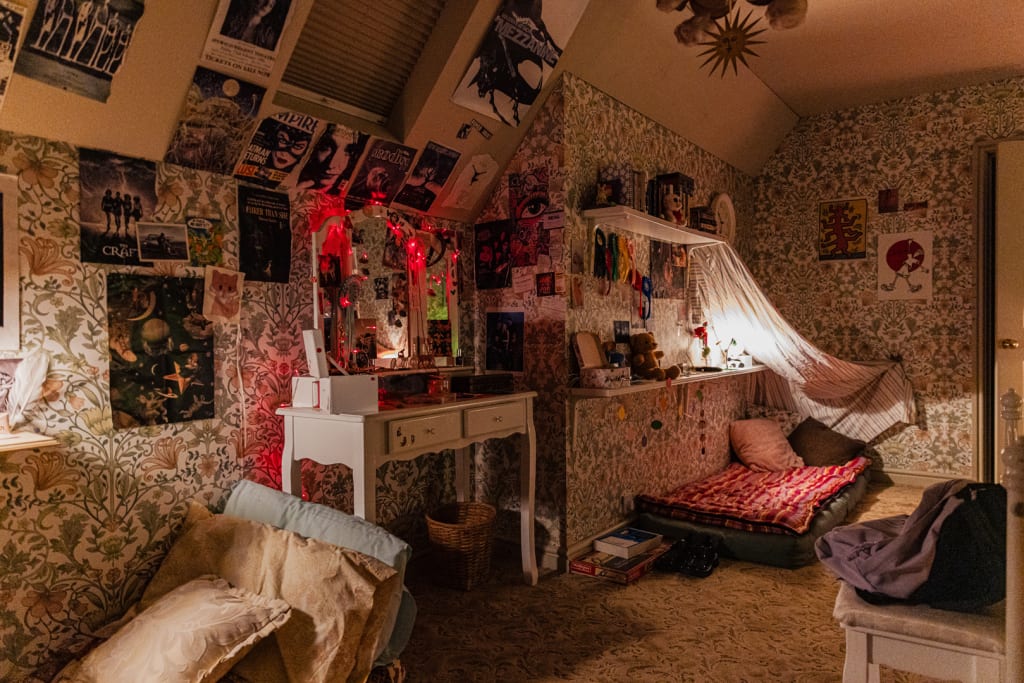
Barrett staged an early version of Viola’s Room back in 2000. Then called The Moon Slave, it took place inside a 13-acre walled garden, where spectators were guided by staff holding burning torches. When the team revived the show (it first ran in London in 2024), they had to rethink how to replicate the concept indoors. Barrett wanted something ephemeral, “like the ghost of Helena taking you by the hand,” he says, and he eventually landed on fiber-optic lights the size of a grain of barley. (Standard LEDs were too bright.)
Spectators are now guided through the space by a synchronized mix of Bonham Carter’s voice and more than 1,500 individual light fixtures concealed inside woolly gray clusters designed to resemble tiny, stormy clouds. Every light is an invitation to move forward through the sinuous set: If a lamp lights up, you walk toward it. If it doesn’t, you stay put.
At times, I found myself in complete darkness, without so much as an exit sign lurking in a corner. Barrett says enough visitors in London got spooked that they decided to assure people at The Shed that there are no jump scares. To further amp the senses, visitors are invited to experience the show barefoot, and every room is bathed in a custom scent. “When you’re light-deprived, all other senses kick in,” says Alex Poots, artistic director of The Shed.
These moments of pitch black called for special permission from local authorities, as total darkness goes against U.S. fire codes. Poots says Viola’s Room is one of a few shows in America that’s gotten permission to go complete black, and he notes that a team backstage monitors spectators via a bevy of infrared cameras and can intervene within a minute of a fire alarm sounding.
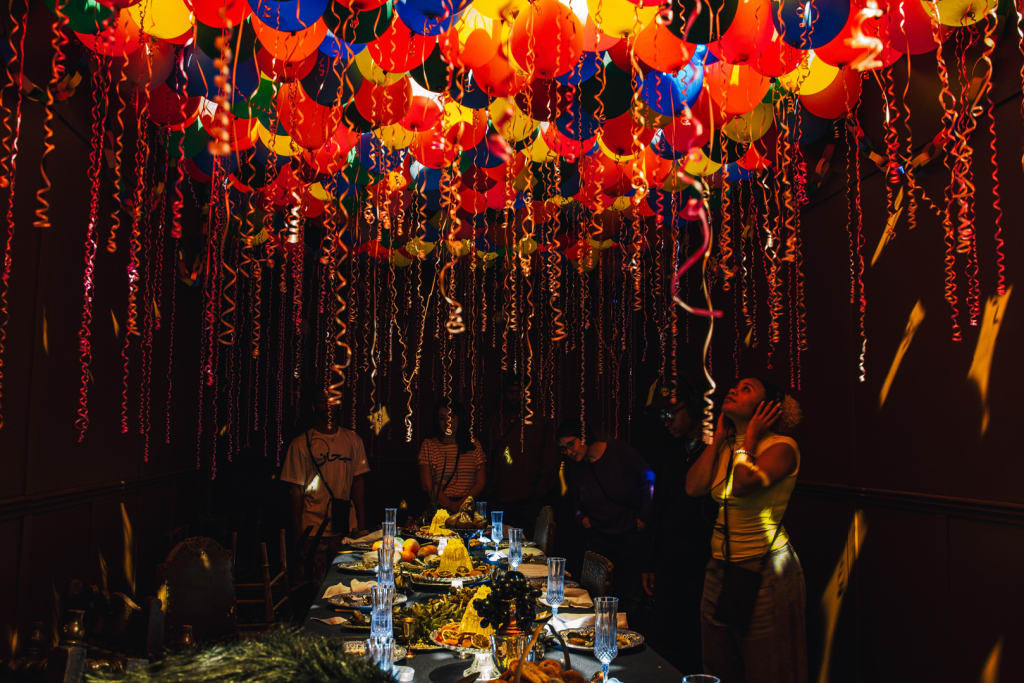
A fairytale in Manhattan
Viola’s Room is an intimate affair designed for a maximum of six people. (People with wheelchairs can book private visits to experience the show, which is fully ADA accessible.) I visited on a clammy Tuesday evening. Outside, Manhattan was gearing up for happy hour. People were sipping Aperol spritzes, and tourists were traipsing up and down the High Line. Inside, I felt like I’d stepped into a fairytale gone wrong.
The set design, by Barrett and Casey Jay Andrews, contributed to the realism. Barrett started by drawing the “shape of the show” on a piece of paper—a line, a square, a line, a square—before adding layers of texture, a bit like a painting. To visualize the whole thing, he then worked with a team of model makers who spent months making copies of each room, then lighting them from within.
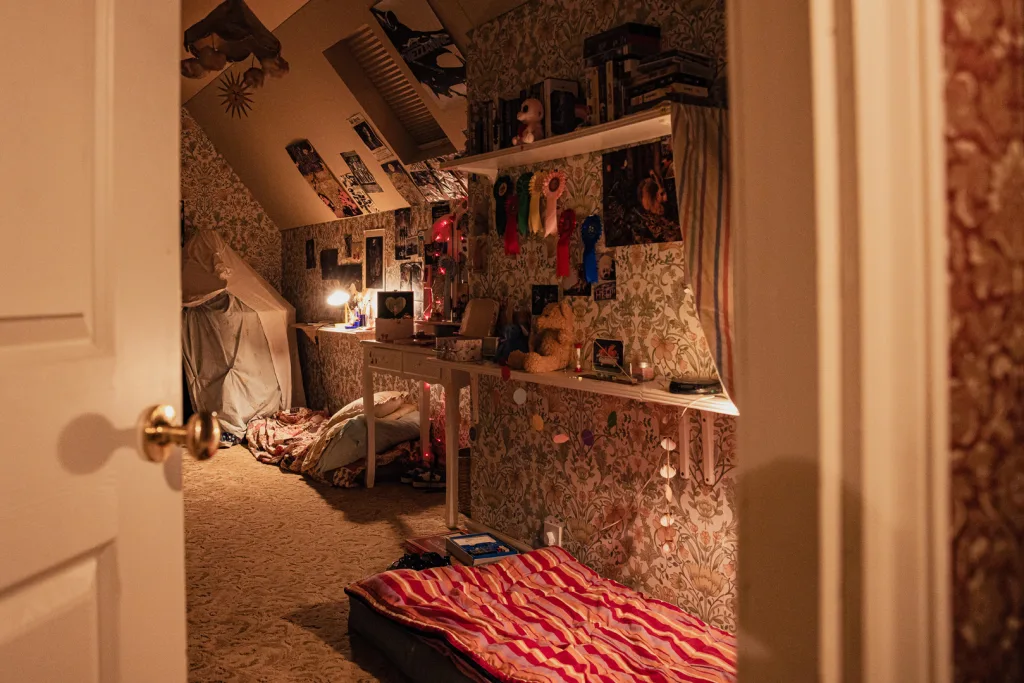
For Viola’s teenage bedroom, Barrett drew inspiration from his younger brother’s bedroom and stuffed it with ’90s ephemera he sourced from vintage shops and markets around London. Elsewhere, corridors narrowed under flickering lights. Closets opened into secret rooms. A miniature tree encased in jelly later came back as a giant tree towering over an entire room.
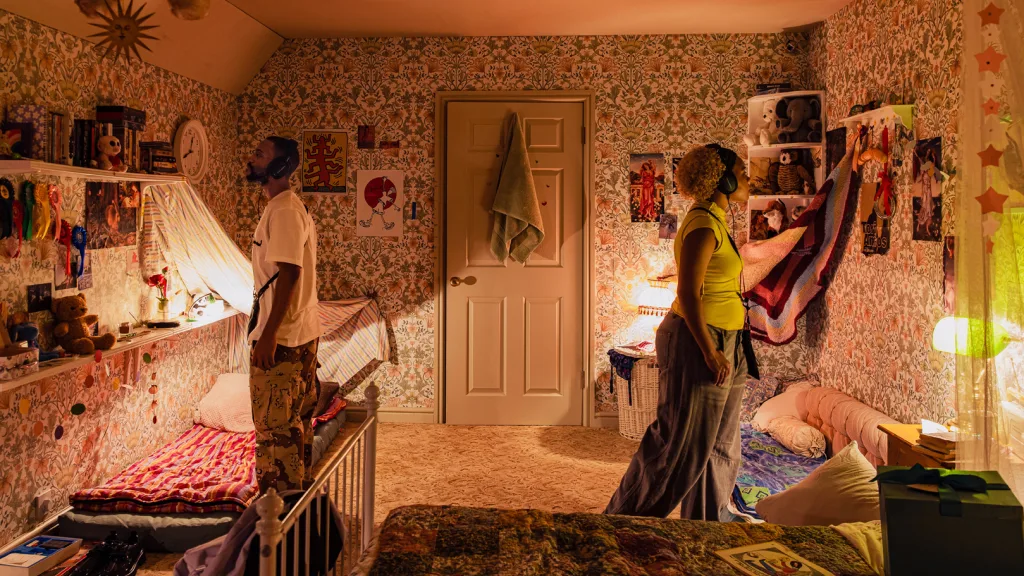
“We wanted that sense of scale to shift and grow and grow and grow,” says Barrett, who drew inspiration from Maurice Sendak’s Where the Wild Things Are, where “the mundane becomes otherworldly.” In Sendak’s story, Max’s bedroom transforms into a forest. In Barrett’s story, things take a slightly darker turn.
With nowhere else to go but straight, the experience doesn’t allow for any meandering, but the curious mind will be rewarded with “treats” or easter eggs the team peppered throughout the show. (The jelly-encased tree is one of them). “I’m a real believer that as long as one person finds it, it’s absolutely valid,” Barrett says. “In fact, if one person finds something that no one else does, then it’s their gift. It’s their discovery.”
The show is on view through October 19.






